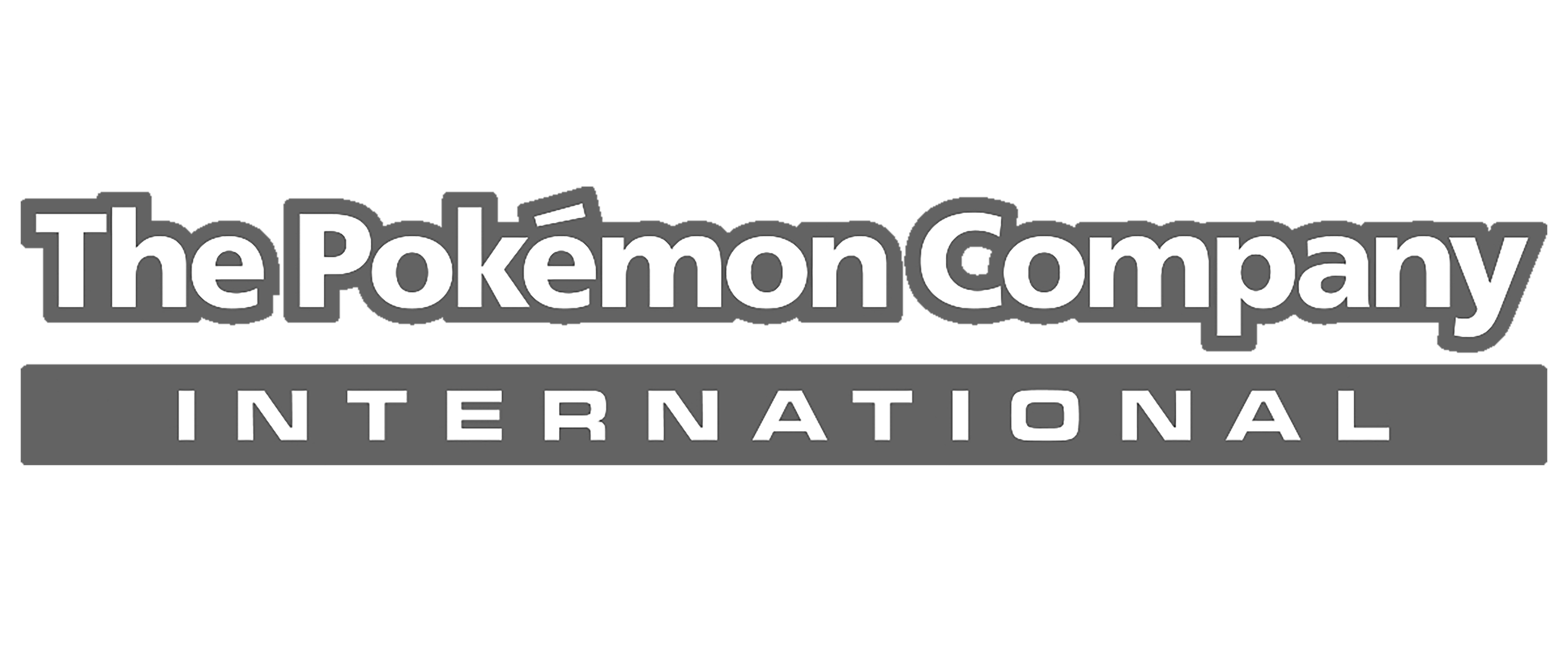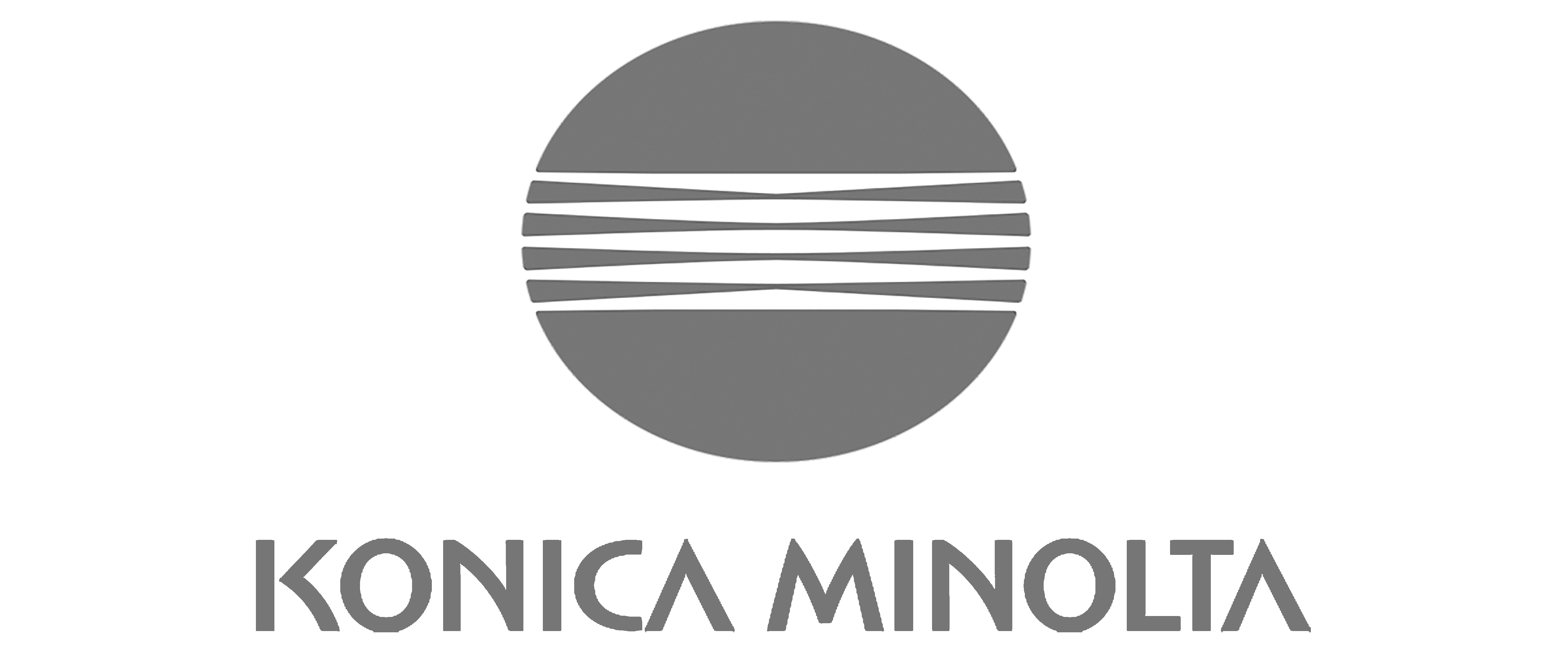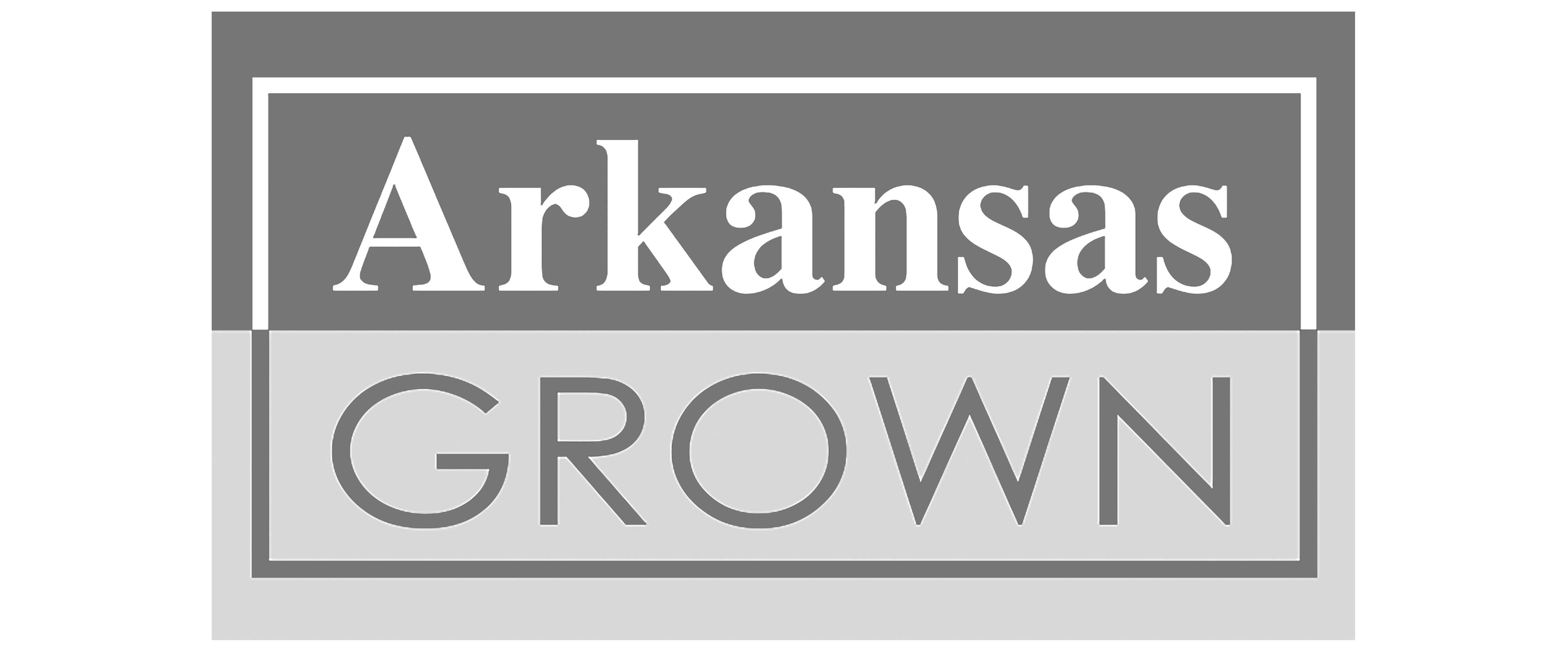Whether you’re a small business just starting out, or a large conglomerate, you have to show the value of your marketing efforts. This includes your trade show presence. Whether your business attends one trade show yearly or multiple shows per year, it’s important to be able to find out if you’re really obtaining value from the experience and if there’s a way to improve your trade show presence. But how do you calculate value? There are multiple ways in which you can calculate the value of your trade show presence including the following:
Calculating the ROI of Your Trade Show Presence
One of the most talked about ways to measure the value of your trade show presence is to calculate your return on investment (ROI). To calculate your ROI, there are multiple numbers to crunch. First, you have to determine your overall spend on the show itself- including renting your trade show booth, designing your trade show exhibit, the cost of transportation, hotel, and per diem for the team that you bring, any events you host, and more. Once you know the all-in number, then you can start breaking it down.
![]()
At the show, it’s important to not only gain leads, but qualified leads. Not every Joe Shmoe who walks into your trade show booth is someone likely to purchase from you. To maximize your trade show presence and provide real value, your team should be qualifying leads for follow-up and potential sale. Once qualified, how many of these leads translate into an actual sale? Knowing these numbers is important to determining your cost per customer acquisition. When you compare the numbers, you’ll get a more accurate picture of what your actual ROI is from your trade show presence. You might find you’re overspending with very little to show for it. Or you might find this is your best customer acquisition strategy. With the objective numbers, your business can determine where adjustments need to be made, whether in terms of marketing your presence, picking a more relevant show, or even lowering your budget for your trade show presence.
Keeping Track of the ROO of Your Trade Show Presence
The numbers involved in calculating your ROI are less overt when calculating your return on objective (ROO). The reason is this is not all about the sales acquired as a result of your trade show presence. Instead, this is about your brand image in the marketplace, product visibility, brand awareness, and even press relations. Because these are less tangible numbers, it’s harder to calculate the ROO of your trade show presence, but it’s a must for anyone seeking to determine whether their trade show strategy is working.

A great yardstick for your ROO is how well known you are in your industry. Is there buzz around your trade show presence or your products? Are your competitors checking out what you’re doing and getting nervous? Have you reached out to the press at the show with favorable results? If you’re not hitting these objectives, it’s possible the ROO of your trade show presence isn’t very high. Some businesses say that if they’re not at a trade show, they’ll look like they’re no longer in business, but if that’s your only objective, that’s a rather low bar that likely isn’t being met.
Measuring the ROR on Your Trade Show Presence
Another great way to determine the value of your trade show presence is your return on relationship (ROR). This is the value, whether perceived or real, of enhancing the relationships you have built with your customers and prior customers over time. In a B2B relationship, businesses should be reaching out to their customers when they are exhibiting. Not only does this help to spread the word about your trade show presence, but it also offers you the opportunity to keep them up to date on new products and to nurture the relationship. If your customers aren’t dropping by to say hi or declining your invitations to events, it might be a sign that your ROR is declining as well.

When determining the value of exhibiting at trade shows, it’s important to consider multiple sources, not only the number of sales you obtain as a result. It’s also very important to look at the intangibles and the buzz surrounding your presence. Only then can you get a more realistic picture of the value.











